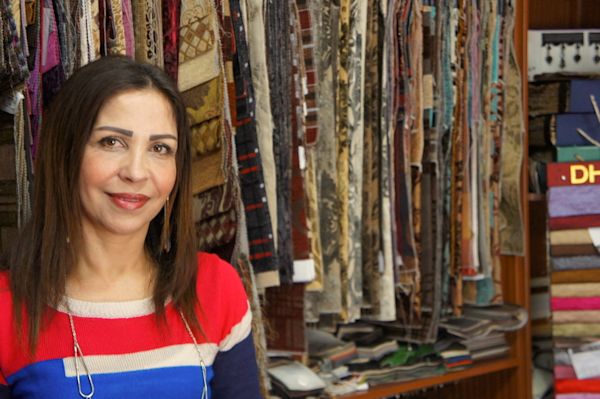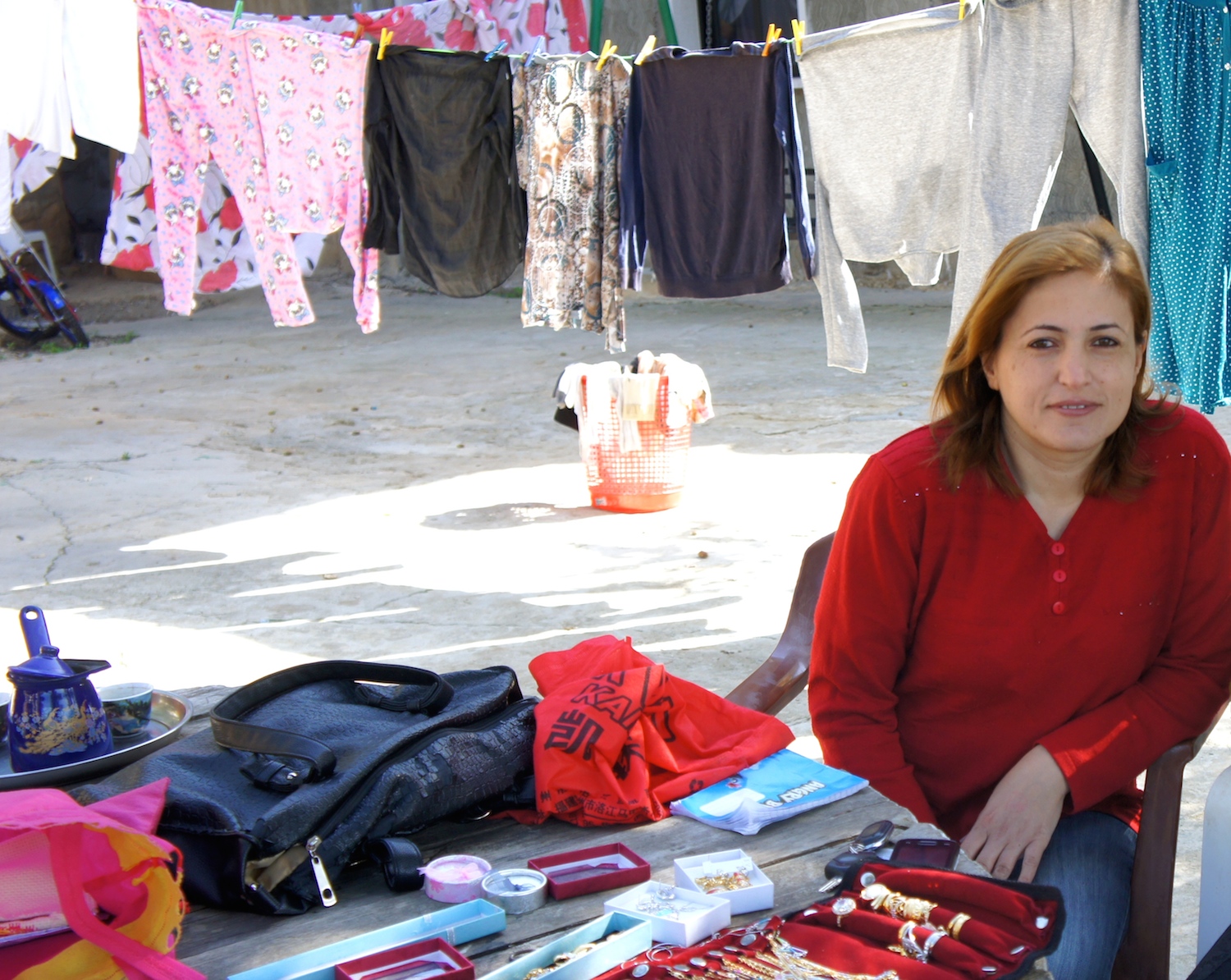
If you ask a group of people what they consider to be the most impressive part about the Middle East, they’ll likely mention something regarding its historical sites or rich cultural diversity. While both factors are obviously worthy of mention, what continues to inspire me about this region is something far more valuable: its women.
This might come as a surprise to some, given that the widespread stereotype of the Middle Eastern woman often renders a submissive, taciturn figure consistently dominated by her male counterpart and - even worse - uninterested in improving her future.
Yet if anyone spends just a bit of time in the region - as I have throughout my life and currently as a Kiva Fellow in Lebanon - they will realize the gross inaccuracy of this generalization.
Now don’t get me wrong. The Middle East suffers from its fair share (to say the least) of gender inequality and a lack of women in the workforce - with these problems fluctuating dramatically between countries. In fact, the International Monetary Fund suggests in its 2013 report that the Middle East has the largest gap in male and female labor force participation rates in the world - currently standing at a whopping 51%.
But times are changing – quite visibly. Middle Eastern women have never been more educated (with female literacy rates across the region roughly equal to those of men - and women even outperforming men in the hard sciences; you can read more about this here). They are also beginning to vigorously redefine their roles within society and have already succeeded in overcoming barriers in some of the strictest communities. (Check out this interesting article from earlier his year in Forbes).
Since arriving to Lebanon nearly two months ago, I’ve witnessed this shift firsthand. I’ve had the opportunity to meet with a number of women of largely Lebanese, Syrian, and Palestinian origin from different socio-economic backgrounds and am consistently in awe of their strength and resilience. I’ve worked with them. Broken bread with them. And discussed their concerns and hopes for the future. Not one of these women would I describe as submissive or dominated. In fact, quite the opposite.
Take the women of Al Majmoua - one of Kiva’s field partners in Lebanon. When you enter through its doors, it’s hard not to notice the overpowering number of women buzzing around the office. Educated, articulate, and opinionated - these women were my first introduction to the Middle East’s professional scene. In the room where I sit, three out of four are women and there is no question about the value of skills each brings. Founded by Save the Children in 1994, Al Majmoua is now an independent non-profit focused on providing critical financial and non-financial services to individuals (the vast majority being women). The organization specifically seeks to support women borrowers hoping to improve their lives by offering them a wide array of personal, technical, and business management skills. Al Majmoua additionally provides these women with easier access to healthcare, nutrition, and other essential services.
One notable quality about Al Majmoua is its exceptional diligence to making sure it is meeting the needs of its female employees. In an effort to work within cultural norms and enable a woman to meet her familial obligations while staying employed, Al Majmoua permits employees to bring their children into the office at any time. The organization also grants women a day to recover from their monthly cycles and requires a minimum of two trainings per year to enhance their skills. (One might say this HR policy is even a bit more progressive than some in the United States, no?)
When speaking to Al Majmoua’s female Kiva borrowers out in the field, you are left equally impressed. Widad, for example, was among the first borrowers I met and surely one I will not forget. While seemingly soft-spoken at first, it didn’t take long for me to realize that she is a dignified and savvy businesswoman with big ambitions. Widad currently runs a curtain making business, which has been in her family for over 40 years. When I visited her, she indicated that she recently opened a second store and is in charge of its management as well. She recently employed her daughter-in-law to help her manage affairs and has used most of her Kiva loan to continue to expand production. “I will keep requesting Kiva loans for as long as I live,” she explained, because each loan opens up a new set of opportunities for her with clearly beneficial results. A portion of the loan also went to pay for her daughter’s college education, since she wants to ensure that she have every opportunity available to her in the future.
 Majda is using her Kiva loan to create new possibilities for her family's future
Majda is using her Kiva loan to create new possibilities for her family's futureSimilar to Widad is Majda, another Kiva borrower who singlehandedly runs her own business in the mountains of Lebanon. She established a small startup that sells imported Brazilian jewelry straight from her home using a Kiva loan. Majda is clearly proud of her business’ success and the quality of her products. When I asked her why she started it, her response was not uncommon to what I have heard from several working women in the region. Her husband, who drives a truck for a living, was no longer able to sustain the family on his individual income and so she needed to step in and contribute. This decision clearly changed her life and her recent experience as an entrepreneur has given her a new confidence in herself and outlook on her future. She hinted that she will definitely apply for another loan in the future but is not sure whether she will use it to expand her current business or try something new. To her, the possibilities are now endless.
Serving as a Kiva Fellow, I am introduced to women like these on a regular basis. They are each united by their strength and ambition to create a better future in the Middle East.
So how can we make these women even stronger? As experts will consistently argue (and as I have personally witnessed time and time again), financial access is key. There is no way women will be able to thrive without critical opportunities from financial inclusion and economic development. Making a loan through kiva.org is a great way to try to contribute to this. When you provide a woman with a loan, you are ultimately empowering her to be a more active global citizen and in return, empowering her family and community. Everyone wins.
For more information about the benefits and impact of financial inclusion in the Middle East, check out the following report by the World Bank. You can also learn more about Kiva at www.kiva.org.
PREVIOUS ARTICLE
Life in the Field: Teach Us Something About Your Local Food Scene →NEXT ARTICLE
An Unexpected Trip to the Hospital →













